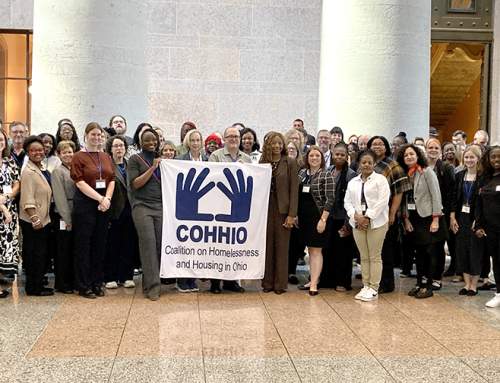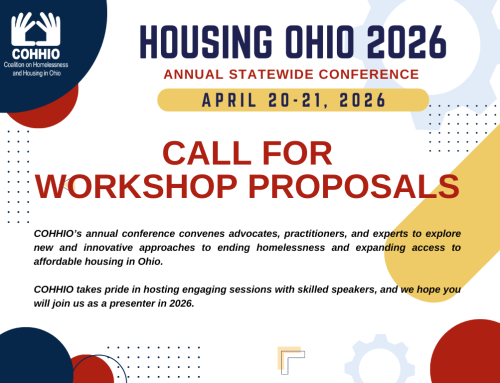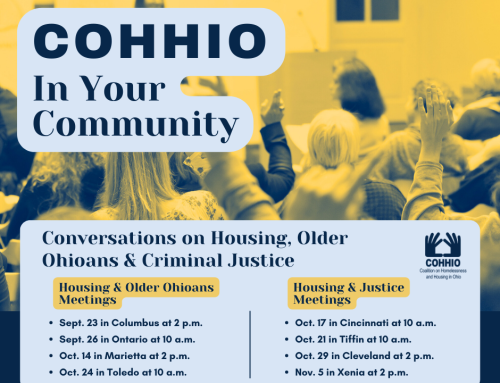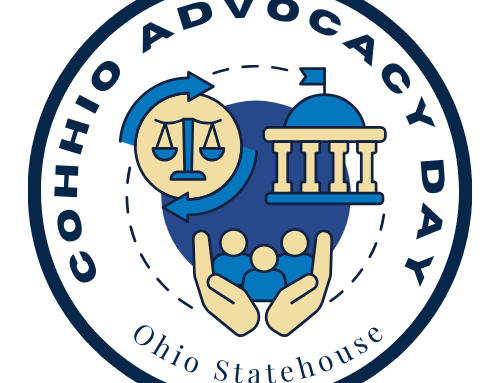We know that there is a connection between domestic violence and homelessness. Domestic violence can lead to homelessness and many homeless individuals have a history of domestic violence. In spite of this relationship, historically DV and homeless service providers have not always worked well together.
There are several reasons for this: they are funded by different agencies (U.S. Department of Justice’s Office on Violence Against Women and HUD) and governed by different legislation. Moreover, there’s a natural tension between the obvious need to keep DV survivors’ personal information private, and requirements for homeless service providers to share data through the Homeless Management Information System (HMIS). All which, unfortunately, can result in DV and homeless services falling into separate silos.
Amanda Wilson, from COHHIO’s HMIS team, questioned this phenomenon and took action to improve coordination between victims service providers (VSPs) and homeless services agencies in the state of Ohio. Toward that end, she recently convened a DV-HMIS Workgroup consisting of HMIS and VSP representatives from around the state.
So far the workgroup has reviewed HUD comparable database requirements for VSPs, started developing protocols to improve data collection on DV survivors in the homeless system, and begun generating a more trauma-informed prioritization tool for permanent housing referrals. If you are interested in learning more or participating in the workgroup, please contact Amanda Wilson.
